[fullwidth backgroundcolor=”” backgroundimage=”” backgroundrepeat=”no-repeat” backgroundposition=”left top” backgroundattachment=”scroll” video_webm=”” video_mp4=”” video_ogv=”” video_preview_image=”” overlay_color=”” overlay_opacity=”0.5″ video_mute=”yes” video_loop=”yes” fade=”no” bordersize=”0px” bordercolor=”” borderstyle=”” paddingtop=”20px” paddingbottom=”20px” paddingleft=”0px” paddingright=”0px” menu_anchor=”” equal_height_columns=”no” hundred_percent=”no” class=”” id=””][one_half last=”no” spacing=”yes” background_color=”” background_image=”” background_repeat=”no-repeat” background_position=”left top” border_size=”0px” border_color=”” border_style=”” padding=”” class=”” id=””][fusion_text]
Nepal is known as the birthplace of the Buddha, the land of the Gurkhas, the land of the Sherpas and the land of Mt. Everest. Nepal also is home to many other things, such as exotic flora and fauna—and the Khukuri (figure 1). Gurkhas and Khukuris are intimately related. Even in modern days when war is fought with machine guns and hand grenades, a Gurkha soldier carries a Khukuri as his identification (figure 2). Gurkhas are known for their bravery and many have been decorated with prestigious medals like the Victoria Cross, earning the title “Bravest of the Brave” (figure 3-5). I salute them for their bravery and thank them for making Nepalis proud.
But how many of us know the history and the origin of the Khukuri that made Nepalis proud? I used to think that Khukuri was unique to Nepal until I dug further. It’s true that the Khukuri is unique to Nepal in that it is used even today by the ordinary Nepalis to perform daily chores like cutting meat and chopping wood. However, it’s the Gurkha soldiers, no matter where they are stationed (figure 6), who carry it. A Gurkha soldier is the only person that has been given the license to carry a Khukuri.
While examining the ancient history of Nepal it seems clear that the choice of weapons of the Nepali rulers and soldiers prior to the 18th century were Khadgas (figure 7), Koras (figure 8) and Tarwars (figure 9). The Khukuris (figure 10) came into picture much later on with the Gorkha kings (figure 11). Is the Khukuri then the invention of the Gorkahs? It’s a million dollar question.
The archaeologist Von Bjorn-Uwe Abels of Bamberg, Germany in his article “Die Kukri der Gurkhas aus Nepal,” shows the evolution of Khukuri connecting its genesis with Kopis of Greece in the 5th-6th centuries BCE. (figure 12). We do not know how it traveled to Nepal if we believe in his suggestion. The author points out a similarity between the Greek Kopis and a Gorkhali Khukuri (he calls it Kukri). But he does not go into details in tracing its journey. Another fascinating observation that the author makes is that Khukuri-like weapons were used by the Pallavas of South India. To prove it he gives an example of a stone relief found in a temple of the goddess in Mahabalipuram, located on the beautiful beach of Chennai (formerly Madras). The temple is dateable to the 9th century. We see the use of a Khukuri-like weapon in South India (figure 13), but not anywhere in North India. Then we suddenly see it in Nepal. The author doesn’t provide any suggestion leaving me to propose my own hypothesis.
If Kopis were the model for Khukuri, it could have arrived with the armies of Alexander the Great in the 3rd century BCE when he came to India. It might have traveled to the south and to the mountains of Nepal where it developed into a unique shape. A shorter version was easier to carry and could be used for day-to-day chores as well as in war. The unique design of a Khukuri is scientific. Putting the weight toward the end of the Khukuri gave it a force for hacking. Consequently it turned out to be a lethal weapon—purposefully designed to kill. The Second World War has proven its effectiveness when the Gurkha soldiers returned home with many medals of valor.
It is equally possible that the Khukuri may have been introduced to Nepal in the 14th century by King Harisimha of the Karnata family in Tirhut (Mithila), when he sent his troops to conquer the Kathmandu valley in 1314. When Sultan Ghiyas-ud-din of Delhi conquered Tirhut in 1325, Harisimha retreated to the Kathmandu Valley, which was already under his control. This may have been one of the ways the Khukuri came to Nepal. Or perhaps it developed independently of foreign influence, which is unlikely. Because of the presence of Khukuri-like weapon seen in South India and Harisimha’s rule in the Kathmandu Valley, I am inclined to believe that the weapon came from South India with Harisimha, albeit Nepalis refined it and used it as a weapon to kill and as a tool to perform daily chores from cutting wood to dicing vegetables.
[/fusion_text][/one_half][one_half last=”yes” spacing=”yes” background_color=”” background_image=”” background_repeat=”no-repeat” background_position=”left top” border_size=”0px” border_color=”” border_style=”” padding=”” class=”” id=””][imageframe lightbox=”yes” style_type=”none” bordercolor=”” bordersize=”0px” borderradius=”0″ stylecolor=”” align=”right” link=”” linktarget=”_self” animation_type=”fade” animation_direction=”right” animation_speed=”1″ class=”” id=””] 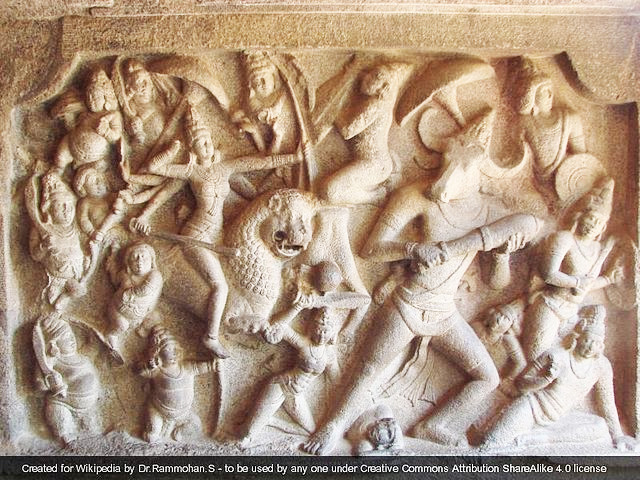 [/imageframe][imageframe lightbox=”yes” style_type=”none” bordercolor=”” bordersize=”0px” borderradius=”0″ stylecolor=”” align=”right” link=”” linktarget=”_self” animation_type=”fade” animation_direction=”right” animation_speed=”0.1″ class=”” id=””]
[/imageframe][imageframe lightbox=”yes” style_type=”none” bordercolor=”” bordersize=”0px” borderradius=”0″ stylecolor=”” align=”right” link=”” linktarget=”_self” animation_type=”fade” animation_direction=”right” animation_speed=”0.1″ class=”” id=””]  [/imageframe][imageframe lightbox=”yes” style_type=”none” bordercolor=”” bordersize=”0px” borderradius=”0″ stylecolor=”” align=”right” link=”” linktarget=”_self” animation_type=”fade” animation_direction=”right” animation_speed=”1″ class=”” id=””]
[/imageframe][imageframe lightbox=”yes” style_type=”none” bordercolor=”” bordersize=”0px” borderradius=”0″ stylecolor=”” align=”right” link=”” linktarget=”_self” animation_type=”fade” animation_direction=”right” animation_speed=”1″ class=”” id=””] 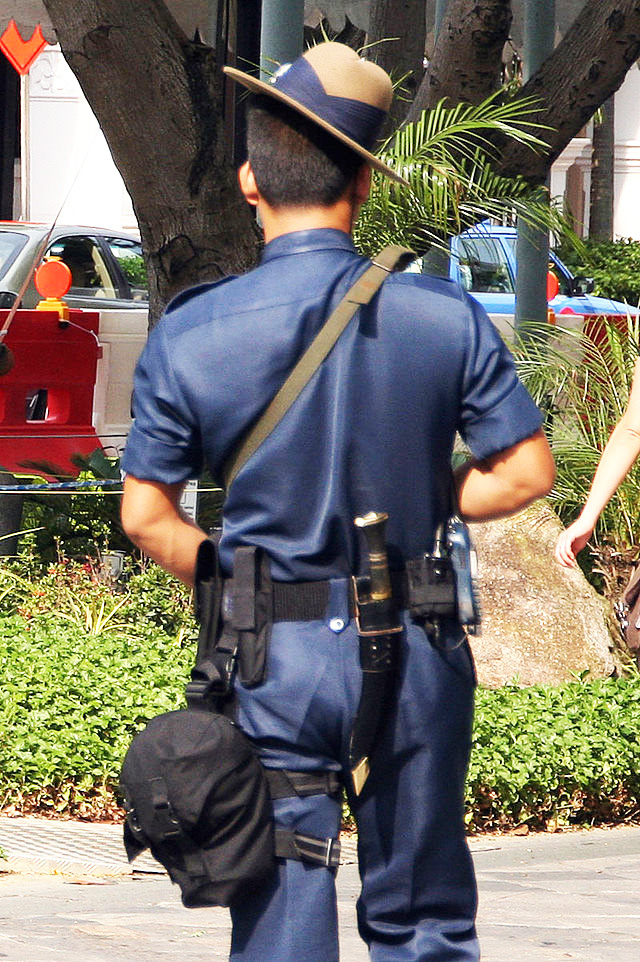 [/imageframe][imageframe lightbox=”yes” style_type=”none” bordercolor=”” bordersize=”0px” borderradius=”0″ stylecolor=”” align=”right” link=”” linktarget=”_self” animation_type=”fade” animation_direction=”right” animation_speed=”0.1″ class=”” id=””]
[/imageframe][imageframe lightbox=”yes” style_type=”none” bordercolor=”” bordersize=”0px” borderradius=”0″ stylecolor=”” align=”right” link=”” linktarget=”_self” animation_type=”fade” animation_direction=”right” animation_speed=”0.1″ class=”” id=””]  [/imageframe][imageframe lightbox=”yes” style_type=”none” bordercolor=”” bordersize=”0px” borderradius=”0″ stylecolor=”” align=”right” link=”” linktarget=”_self” animation_type=”fade” animation_direction=”right” animation_speed=”1″ class=”” id=””]
[/imageframe][imageframe lightbox=”yes” style_type=”none” bordercolor=”” bordersize=”0px” borderradius=”0″ stylecolor=”” align=”right” link=”” linktarget=”_self” animation_type=”fade” animation_direction=”right” animation_speed=”1″ class=”” id=””] 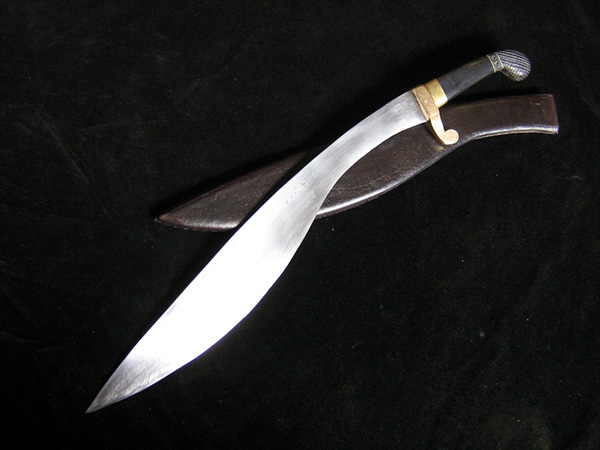 [/imageframe][imageframe lightbox=”yes” style_type=”none” bordercolor=”” bordersize=”0px” borderradius=”0″ stylecolor=”” align=”right” link=”” linktarget=”_self” animation_type=”fade” animation_direction=”right” animation_speed=”0.1″ class=”” id=””]
[/imageframe][imageframe lightbox=”yes” style_type=”none” bordercolor=”” bordersize=”0px” borderradius=”0″ stylecolor=”” align=”right” link=”” linktarget=”_self” animation_type=”fade” animation_direction=”right” animation_speed=”0.1″ class=”” id=””]  [/imageframe][imageframe lightbox=”yes” style_type=”none” bordercolor=”” bordersize=”0px” borderradius=”0″ stylecolor=”” align=”right” link=”” linktarget=”_self” animation_type=”fade” animation_direction=”right” animation_speed=”1″ class=”” id=””]
[/imageframe][imageframe lightbox=”yes” style_type=”none” bordercolor=”” bordersize=”0px” borderradius=”0″ stylecolor=”” align=”right” link=”” linktarget=”_self” animation_type=”fade” animation_direction=”right” animation_speed=”1″ class=”” id=””]  [/imageframe][imageframe lightbox=”yes” style_type=”none” bordercolor=”” bordersize=”0px” borderradius=”0″ stylecolor=”” align=”right” link=”” linktarget=”_self” animation_type=”fade” animation_direction=”right” animation_speed=”0.1″ class=”” id=””]
[/imageframe][imageframe lightbox=”yes” style_type=”none” bordercolor=”” bordersize=”0px” borderradius=”0″ stylecolor=”” align=”right” link=”” linktarget=”_self” animation_type=”fade” animation_direction=”right” animation_speed=”0.1″ class=”” id=””]  [/imageframe][imageframe lightbox=”yes” style_type=”none” bordercolor=”” bordersize=”0px” borderradius=”0″ stylecolor=”” align=”right” link=”” linktarget=”_self” animation_type=”fade” animation_direction=”right” animation_speed=”1″ class=”” id=””]
[/imageframe][imageframe lightbox=”yes” style_type=”none” bordercolor=”” bordersize=”0px” borderradius=”0″ stylecolor=”” align=”right” link=”” linktarget=”_self” animation_type=”fade” animation_direction=”right” animation_speed=”1″ class=”” id=””] 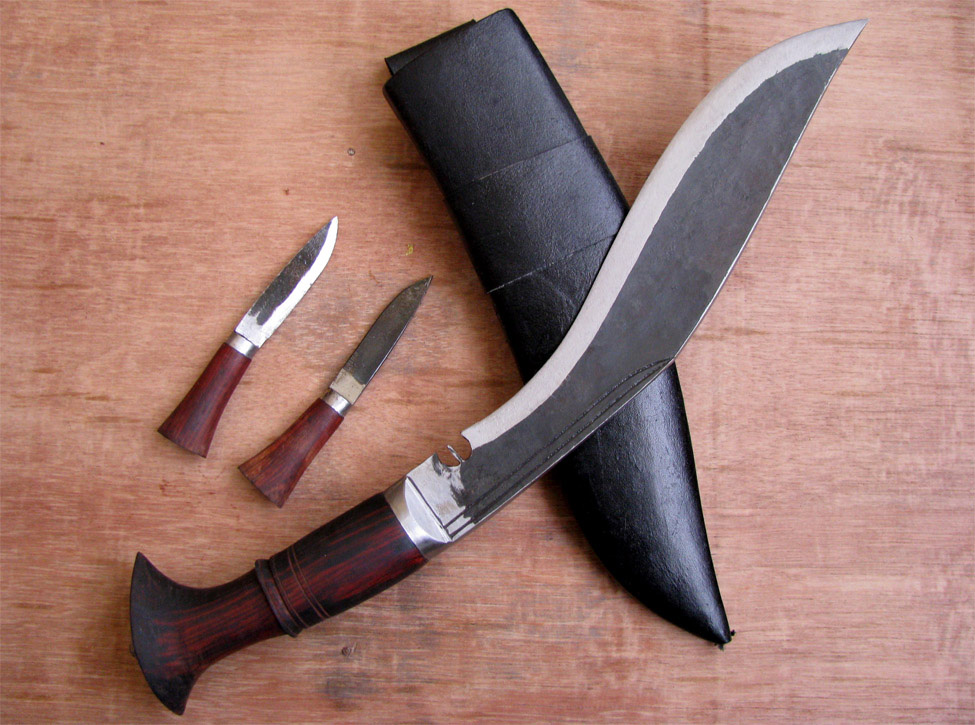 [/imageframe][/one_half][/fullwidth]
[/imageframe][/one_half][/fullwidth]

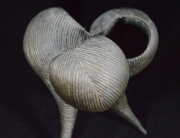







Leave A Comment